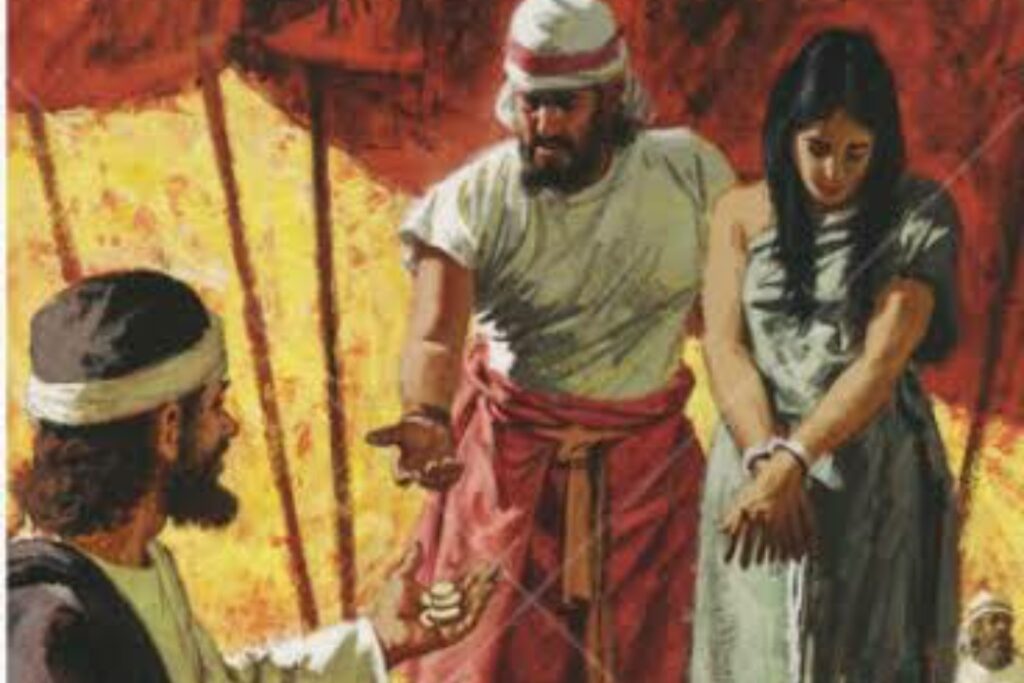
Form Structure and Setting Hosea Chapter 10:1-6
Hosea Chapter 10:1-6 is the shift of designation from “Ephraim” to “Israel” as the dominant subject and the exclusive use of third-person speech are two formal indications of a new literary unit beginning with 10:1. Yahweh does not here speak in the first person; nor Israel addressed directly.
The theme shifts to announcement specifically of the fate of the nation’s cultic symbols (altars, idols, sacred stones, high places) and its political symbol, the king. The mood is again reflective and retrospective; typical of the passages positioned after 9:10. In light of the third-person reference to Yahweh (v 2) it is likely that Hosea is the speaker.
Hosea Chapter 10
The unity of the passage evidenced by its structural logic; which can summarized as follows:
vv 1–2a Israel’s increasing cultic sin
Verses 2b–3 Punishment: destruction of altars and kingship
vv 4–5a Royal and religious sin
Verses 5b–6a Punishment: exile
v 6b Israel’s disgraceful disobedience
vv 7–8 Punishment: destruction, desolation, death.
Coming punishment
Note also that in each of the portions that describe coming punishment, Hosea alludes to the people’s speech. In vv 3 (“we have no king,” etc.) and 8 (“Cover us!” etc.), a direct quote is the mode of citation. In v 5; the mourning of people and priest described; though no words are quoted; rather, mention made of wailing and weeping (cf. 7:14).
The meter is problematic, except in vv 1–2 and 8b; where rather normal synonymous parallelism predominates; and meter is thus quite balanced. The couplet (5: 6 :: 5: 6 syllable count) in v lb is elegantly structured, in an almost epigrammatic fashion. As Kuhnigk demonstrates, the precise staccato style helps lead to the correction of the misdivided MT consonants in the fourth line of the double couplet.
All of vv 3–8a could be considered prose; with occasional parallelistic (i.e., semi-poetic or rhetorically stylized) portions such as 6b. Alternatively, we have reconstructed the passage as parallelistic synthetic verse; but since there are no evident caesurae in any couplets. It may be as close to prose as to typical poetry.
The date of the passage is possible to discern only in general terms. It appears that the Northern cult, with its various heterodox aberrations, was flourishing at the time of this speech. Sacred cult objects were numerous; and predictions of distress for king and people are still placed in the present/future tense. These factors reflect generally the same sort of conditions evident in 9:1–9 (and 9:10–17), thus probably fixing the date sometime during the reign of Hoshea (732–723 BCE).
You can read > Hosea chapter 4 > Hosea chapter 6
Textual Notes of Hosea Chapter 10:1-6
Verse 1
a BHS suggests to read hG@c=y~ “to grow, increase” instead of MT’s hW\v^y+ “to agree with, be like, resemble” which in its Piel form means basically to make something come up to par, to the level or standard it ought to meet.
b BHS suggests to read oyr+p! ol “to him his fruit” instead of MT’s oyr+p!l= “to his fruit.” The line literally means: “he used to produce up to his standard (i.e., plenty) of fruit.”
c BHS suggests to read as tojB=z=m! “altars” without preposition l= “to, for.”